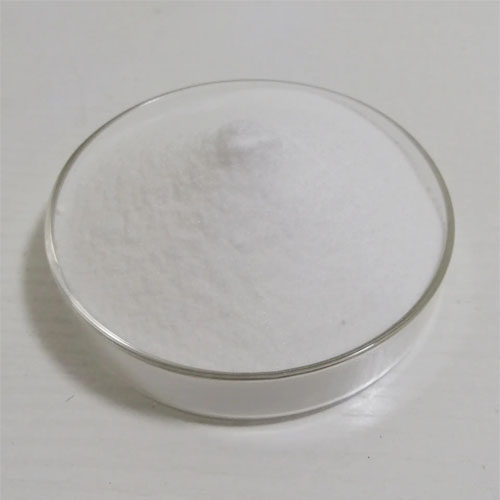Sodium lignosulphonate
CAS No. :8061-51-6
EINECS No.:617-124-1
Molecular weight: 534.5
HS Code: 3804000090
Molecular Formula: C20H24Na2O10S2
Package:25kg/500kg bags or according to clients request.
Tel:+86-15550481165
Email: sales@sintopchem.com
Introduction:
Sodium lignosulphonate Introduction:
Sodium lignosulfonate is a kind of inorganic substance, chemical formula is C20H24Na2O10S2, lignin is the content of natural polymer in nature only second to cellulose and chitin, one of the most widely used is through sulfonation modification into lignosulfonate, That includes sodium ligninsulfonate. Sodium lignosulfonate can be used as admixture of polymer and concrete, and has the advantages of low cost and environmental friendliness.
Sodium lignosulphonate Usage:
At present, there are more than 200 kinds of lignin products, and new products are constantly developed. The output and quality of products have also been greatly improved, and the application field is more and more. The application of lignin and its modified products is mainly in the following aspects:
(1) Cement, concrete water reducing agent: lignosulfonate used as water reducing agent is currently the most extensive application. In 1935, E.W. Seripture, an American, successfully developed a water-reducing agent with lignosulfonate as the main component. Since then, human beings began to study lignosulfonate water-reducing agent. Lignosulfonate used as cement and concrete water reducing agent can not only significantly improve its fluidity and plasticity, but also greatly reduce harmful pores, significantly enhance the compressive strength.
(2) dispersant, flocculant and corrosion inhibitor and scale inhibitor: lignosulfonate is an excellent anionic surfactant, can be used as dispersant, flocculant and so on.
(3) Oilfield chemicals: Lignosulfonate has a special molecular structure and is widely used in oilfield chemicals. It is often used as surfactant for tertiary oil recovery, drilling fluid treatment agent and deployment water blocking agent.
(4) Synthetic resin: Since the 1990s, lignin has often been used as a basic renewable material for the synthesis of polymer materials, resins and adhesives.
(5) Polymer materials: Lignin and its derivatives can be blended with polyvinyl chloride (PVC), polyethylene (PE), polyvinyl alcohol (PVA) and other olefin polymer materials to improve the stability, strength and photolysis resistance of materials. Liu Chunfang et al. added lignosulfonate to rubber as a kind of rubber reinforcing agent, which can improve the mechanical properties of rubber. Li Haijiang et al. compounded hydrolyzed lignin with natural rubber to form an interpenetrating network structure, and then prepared a lignin-natural rubber compound by co-precipitation method.
(6) agricultural additives: sodium lignosulfonate can not only be used as a pesticide dispersant, but also as a wetting agent, complexing agent and fertilizer agent, widely used in all aspects of agriculture.
parameter:
Sodium lignosulphonate Specifications:
|
TEST ITEM |
SPECIFICATION |
RESULT |
|
APPEARANCE |
Brown powder |
Brown powder |
|
Lignosulphonate% |
55MIN |
55.1 |
|
Moisture% |
5.0MAX |
4.35 |
|
PH Value |
9-11 |
10.5 |
|
Inorganic salts(Na2SO4)% |
5.0max |
3.15 |
|
Total Reducing matter% |
4.0MAX |
2.6 |
|
Water insoluble matter% |
1.5MAX |
0.68 |
|
Calcium magnesium general quantity% |
0.3--1.5 |
0.7 |




